Enhance Your Skills with Biomechanical Insights
The Science of Movement: Biomechanics in Parkour
Parkour combines athleticism with creative movement. Practitioners navigate environments efficiently through running, jumping, climbing, and rolling. Biomechanics, which studies movement mechanics, plays a vital role. Understanding biomechanics helps parkour enthusiasts enhance performance and ensure safety.
Understanding Biomechanics
Biomechanics applies physics and engineering principles to biological systems. In parkour, it analyzes body movement through space and force interactions. Each jump, vault, and landing involves fundamental biomechanical concepts that improve performance and reduce injury risks.
Key Elements of Biomechanics in Parkour
1. Force and Momentum
Force and momentum are crucial for powerful, efficient movements in parkour. When practitioners run, they generate momentum from their mass and velocity. They can use this momentum to overcome obstacles, but they must manage it carefully. A well-timed jump converts running speed into vertical lift, allowing practitioners to clear significant heights or distances.
Practitioners must recognize the forces acting on their bodies during movement. Gravity pulls the body down during landings, and descent speed increases impact force. Understanding these dynamics helps practitioners time jumps and landings to minimize injury risks.
2. Balance and Stability
Balance is essential for navigating narrow ledges and performing dynamic movements. As practitioners move, their center of gravity constantly shifts. Maintaining stability during these shifts proves crucial. Practitioners improve proprioception—body position awareness—through exercises like one-legged balancing and dynamic movements on unstable surfaces.
Enhancing balance boosts performance and builds confidence. Stable practitioners are more likely to attempt challenging maneuvers, pushing their limits.
3. Energy Conservation
Energy conservation plays a central role in parkour philosophy. Practitioners strive for efficient movements, enabling them to navigate complex environments with minimal fatigue. By flowing from one movement to another, they conserve energy while maintaining speed and agility.
Techniques like the “roll” during landings dissipate energy and reduce joint impact. This energy efficiency allows practitioners to sustain endurance during longer runs or complicated obstacle courses.
4. Joint Mechanics
Understanding joint mechanics is essential for executing parkour movements safely.
Conclusion
Biomechanics helps practitioners optimize their movements, enhancing performance and reducing injury risks.
Below are related products based on this post:
FAQ
What role does biomechanics play in parkour?
Biomechanics is essential in parkour as it analyzes the mechanics of body movements through physics and engineering principles. It helps practitioners improve their performance by understanding how to effectively navigate their environment while minimizing the risk of injuries.
How can understanding force and momentum improve parkour performance?
Understanding force and momentum allows parkour practitioners to generate powerful and efficient movements. By managing their momentum during running and jumping, they can clear obstacles effectively. Additionally, recognizing the forces acting on their bodies helps them time their jumps and landings to reduce impact forces and injury risks.
Why is balance important in parkour, and how can it be improved?
Balance is crucial in parkour for navigating narrow ledges and executing dynamic movements. Practitioners can improve their balance through exercises that enhance proprioception, such as one-legged balancing and working on unstable surfaces. A strong sense of balance boosts performance and encourages practitioners to attempt more challenging maneuvers.


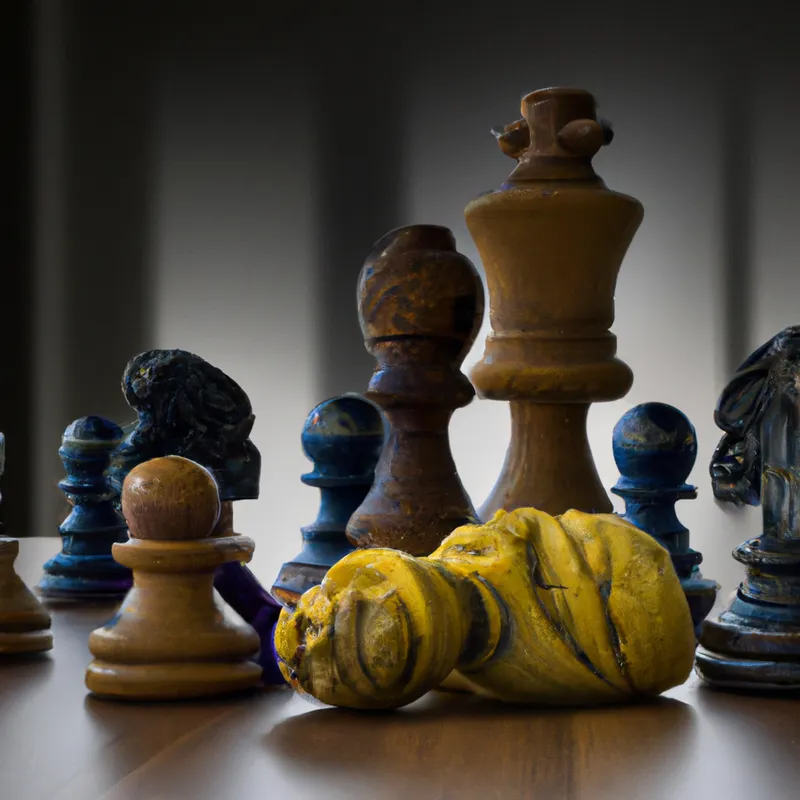
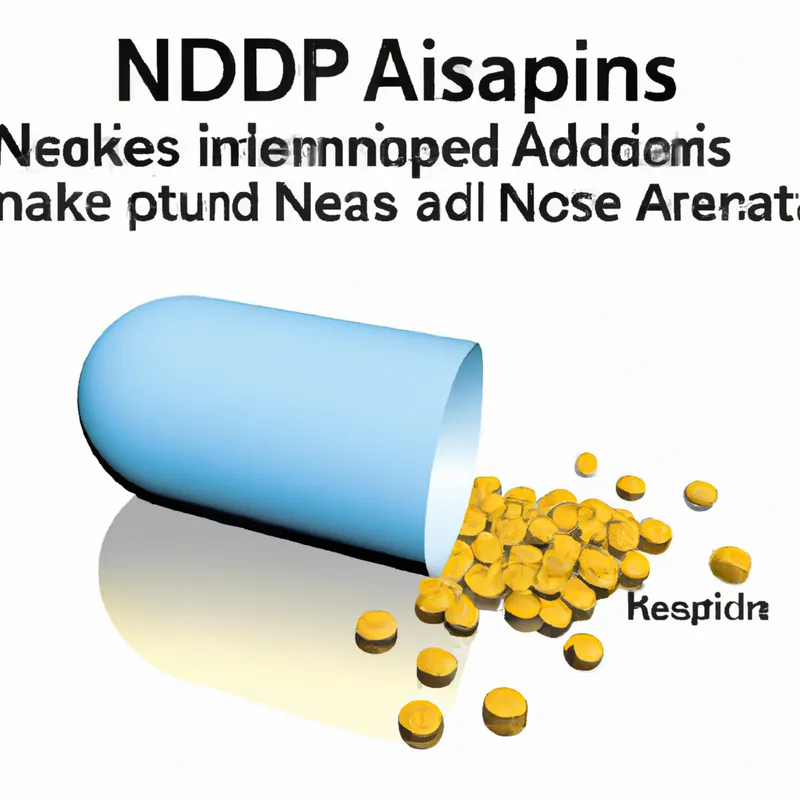
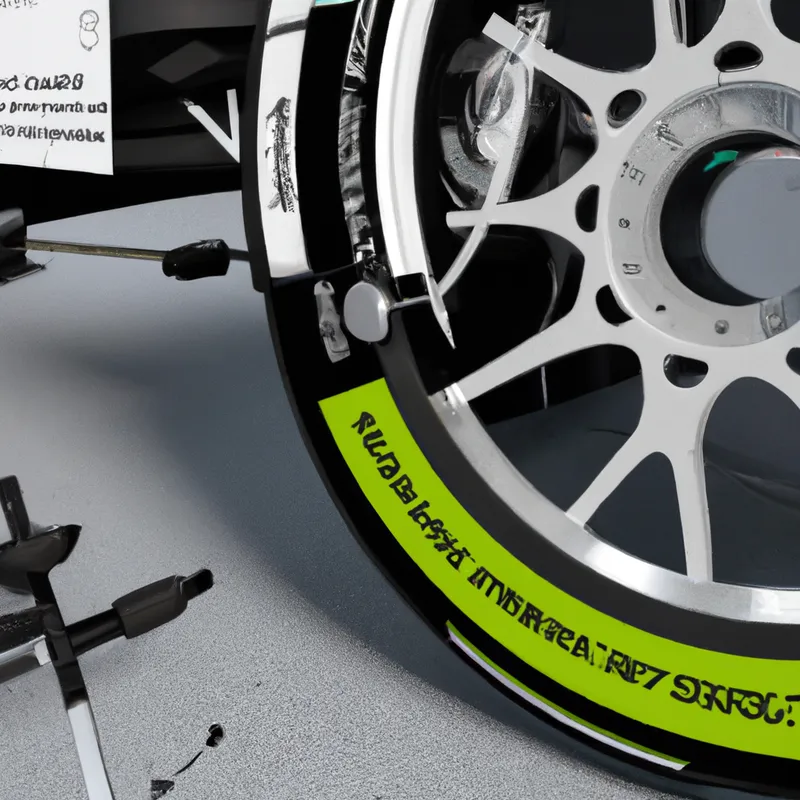
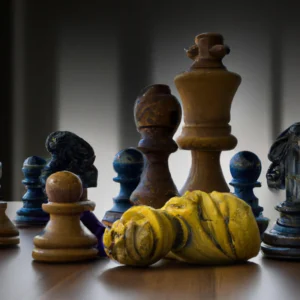

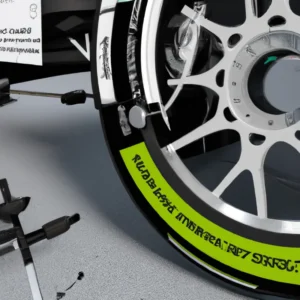

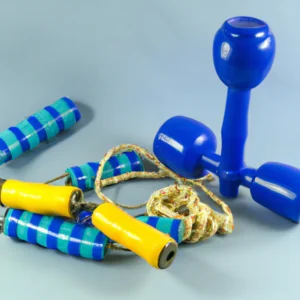
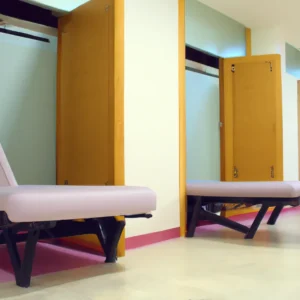
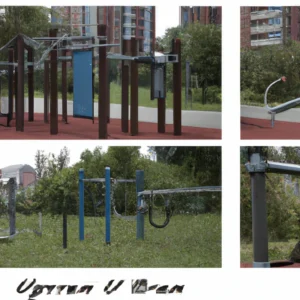


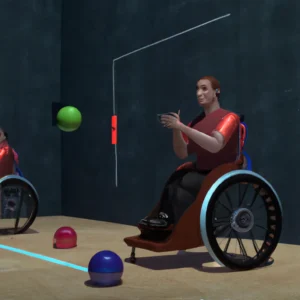
Post Comment